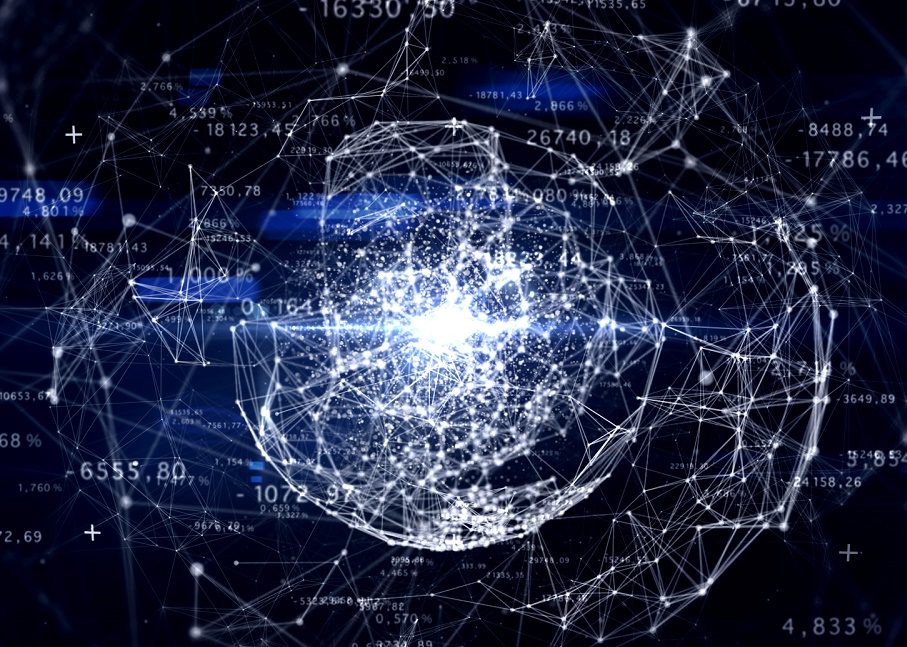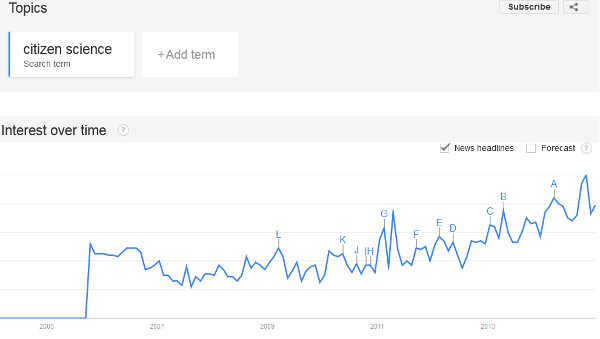|
Digital meets Culture https://www.digitalmeetsculture.net/article/citizen-science-predictions-of-the-digital-era/ Export date: Fri Oct 31 10:13:03 2025 / +0000 GMT |
Citizen Science predictions of the Digital EraIn a recent post of hers Chandra Clarke, who has been dealing with citizen science for a very long time, since it wasn't a real movement yet, observes the last years' sharp increase of mainstream interest in citizen science. «Where it was once just the province of a smaller group of hardcore geeks – she writes - it now seems like everyone is talking about citizen science. Anecdotally, I've been interviewed by a fairly wide range of media outlets, everything from CBC Radio to Woman's World. On the hard data side, this screen shot of the Google Trends entry on citizen science bears this out:
More and more citizen science projects emerge, showing a more and more impressive variety of topics and types (so «now you can do everything from raising Monarch butterflies to being a paleontologist in your kitchen») and citizen science is merging with other movements, such as open source, participatory civics, activism, maker spaces, crowdfunding and «it's increasingly hard to see where one movement begins and another ends». Clarke's mention Pybossa, open source software allowing users to create their own citizen science projects, and the Open Space Agency, aimed at developing a network of DIY (Do It Yourself) makers with engineering and building skills able to contribute to space exploration. And further Skywarn, a network of trained severe weather spotters, or Safecast, “global sensor network for collecting and sharing radiation measurements to empower people with data about their environments”. And what about Internet of Things? Sensors are cheaper and cheaper, the Internet more and more widespread. The average citizen «will soon be able to measure and track pretty much anything». In some ways – she concludes - we're just beginning to build a massive nervous system for ourselves and our planet and it's going to teach us all sorts of amazing things. We don't yet know what we don't know. But it's going to be very interesting. Stay tuned». For further info: |

